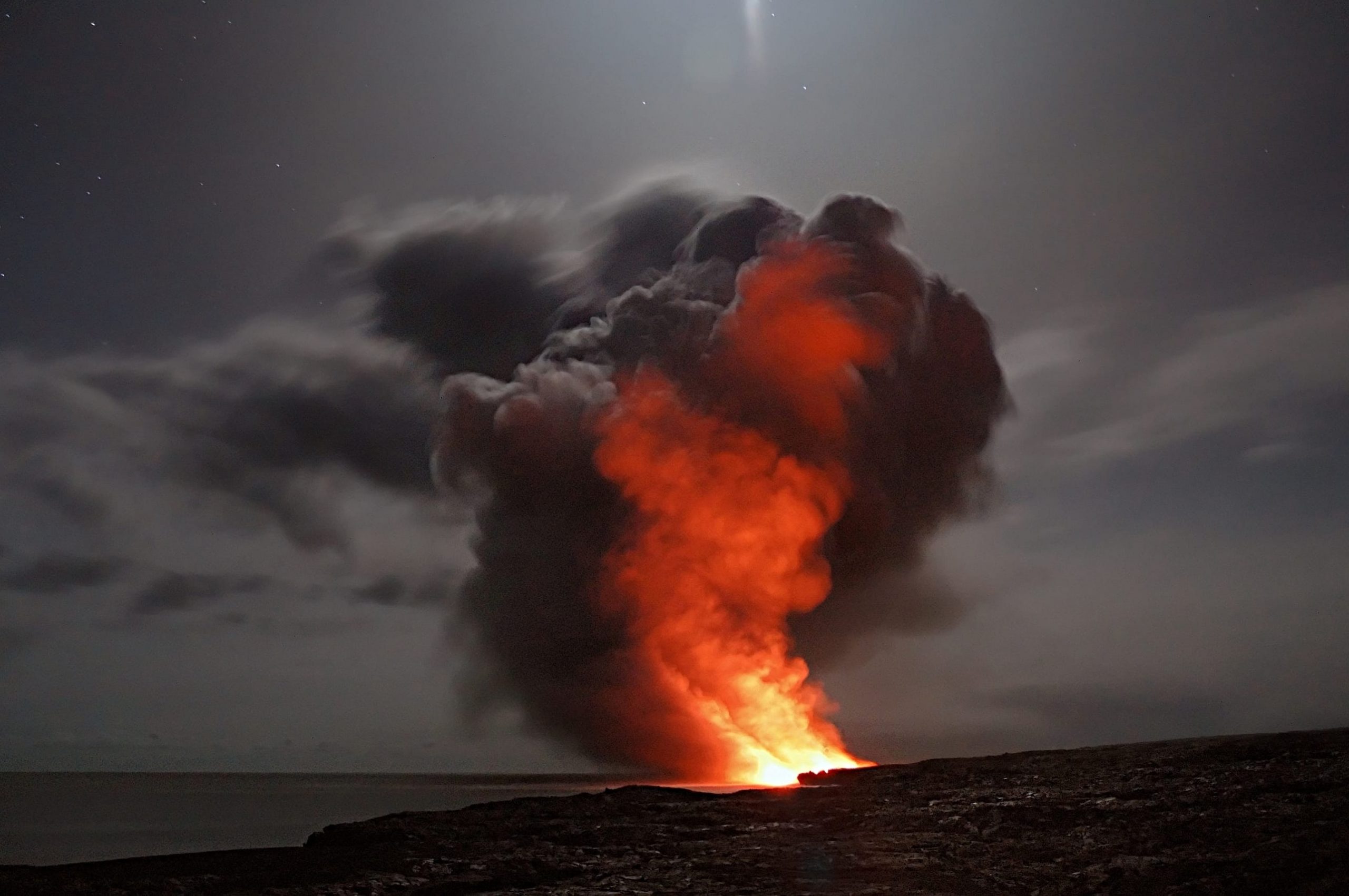Often, the post-conflict ‘peacebuilding’ phase comes too late to prevent biodiversity loss caused by war and armed conflict. A new policy approach is required.
Following the publication of the UK’s 2021 Integrated Review of Security, Defence, Development and Foreign Policy, it is clear that the UK Government is now looking to position climate change and biodiversity loss as its principal security priority. The practical implications of this priority remain largely unexplored. Critical issues include the nexus between climate change, biodiversity loss, conflict and security, with key knowledge gaps remaining around the protection of biodiversity amidst war and armed conflict.
This is a multi-disciplinary field of competing interests where measures of success in relation to protecting biodiversity remain largely undefined in relation to politicised, armed conflict. Conservation strategies pursued within the conflict arena need to be designed to be bespoke to biodiversity’s unique needs. This may require governance of conservation areas in contested zones outside the control of a national government.
A successful approach must be guided by the need to value wilderness over traditional diplomacy between capitals. It will also need to uphold widely accepted principles that link biodiversity management and indigenous, rural communities. Therefore, how to protect biodiversity amidst warfare raises critical anthropocentric questions – including around those for whom we protect biodiversity – with ecocentric criteria essential to assessing success.
The Evolution of Wildlife Conservation
The practice of wildlife conservation has evolved over centuries. It is not conducted in isolation but, rather, reflects the political evolution of the countries and societies in which it takes place. In many cases this has involved wars of liberation, civil wars and violently contested extraction of natural resources. These factors continue to influence conservation management in conflict-affected countries today.
One aspect of conservation’s evolution has been the creation of a global network of wildlife Protected Areas: designated spaces dedicated to achieving the long-term conservation of nature, now recognised as critical for the survival of biodiversity. More recently has come the globalisation of biodiversity management, led by centralised authorities such as the International Union for Conservation of Nature and United Nations Environment Programme. Despite this, conservation successes are largely found in bespoke, local solutions – based, in effect, on systems of devolved governance to suit people, habitat and species in what constitutes a tailored ‘landscape approach’.
After decades of evolution, one principle stands out as definitive for conservation success, whether using state-led ‘protection’ or community-based ‘incentive’ approaches. This is the need for indigenous communities, those living nearest protected areas, to be involved in their management and decision-making, and to gain benefits from the existence of these protected areas.
The key issue, then, is how to uphold this principle amid civil war and armed conflict, where violent competition often centres on the control of territory and the extraction of natural resources. Wildlife habitat, key biodiversity sites and vital riverine systems are quickly territorialised, rolled up in the control of land, often along ethnically politicised lines.
An International Framework
Work undertaken by the International Law Commission to develop a set of principles for Protecting the Environment in Relation to Armed Conflict (PERAC) has begun and is ongoing. Tasks in line with this have already appeared in United Nations peacekeeping mission mandates. Yet analysis and lesson-learning from peacekeeping interventions over the management of natural resources remains in its early stages. It is vital that momentum in this area is sustained: there are crucial contemporary lessons to be drawn, for instance, from wildlife conservation during South Sudan’s recent civil war which demonstrate that both armed and unarmed conservation actors can cross fault lines in a civil war to manage biodiversity.
However, the protection of biodiversity during armed conflict is complex and presents different dynamics to other ‘protection’ mandates such as Protection of Civilians mandates. Biodiversity is often more heavily affected by the indirect consequences of war, such as human displacement and illicit extraction, than the kinetic effects of the battlefield. This highlights essential connections between PERAC and international humanitarian law. Holding states accountable for the protection of their biodiversity may prove as tenuous for PERAC as the responsibility for citizens’ security has been for international humanitarian law.
Operationalising the International Law Commission’s PERAC principles will require careful examination; a thorough and contextualised understanding of each biodiversity landscape; and a review of the ends and means involved in achieving biodiversity protection in war and armed conflict. Most importantly, PERAC’s temporal framework of before, during and after conflict requires strategies to endure and adapt throughout the cycle of conflict. To date, most work in this area has focused on a post-conflict, ‘peacebuilding’ phase, which often comes too late in the cycle for interventions to prevent biodiversity loss caused by war and armed conflict.
Implementing Change that Crosses the Rural/Urban Fault Line
By its nature, biodiversity conservation is largely practised in remote rural areas, sometimes inaccurately referred to as ‘ungoverned spaces’: no-go areas beyond the reach of the standard security measures which unhelpfully restrain many international actors to towns and compounds. To effectively protect biodiversity during armed conflict, a new policy approach is required, which prioritises the wilderness rather than the ‘view from the city’.
Those responsible for protected area management, whether government rangers, indigenous communities or other non-state actors, may individually or collectively have divergent loyalties to the state. This is a common consequence of civil war, where ‘government’ controls urban centres while ‘rebels’ fight from the bush. Community defence groups, state and non-state rangers must all be central to analysis of the wider security architecture surrounding biodiversity protection. The role of each at the confluence of territorial ownership and wildlife management makes them key actors in maintaining biodiversity protection through and beyond the cycle of conflict.
In this context, conservation strategies must be holistic and reach out 20–50 years – that is, beyond the duration of war or armed conflict itself, with interventions during conflict maintaining this long-term perspective. The protection of biodiversity is already a never-ending task: it would be foolish for the wrong intervention during a conflict to bring about a ‘forever war’. This is not just about holding ground (or habitat) where the military has expertise. Indeed, pro-active impartiality is key when dealing with actors that span urban/rural or government/opposition fault lines: an area in which organisations such as the International Committee of the Red Cross have extensive experience. Key lessons can be learned from the humanitarian sector in this regard, particularly around accessing non-neutral areas without force. For the biodiversity community, the stakes are high: beyond anthropocentric outcomes, this is about long-term ecocentric outcomes – achieved with minimal environmental impact.
Adrian Garside is a member of the Environmental Security Research Group at King’s College London, where he specialises in the management of wildlife Protected Areas amidst contemporary war and armed conflict. He has spent much of the past 10 years at the interface of wildlife conservation and civil war in South Sudan.
Main image via Pexels.
The views expressed in this article are those of the author and do not necessarily reflect the views of RUSI, Focused Conservation, or any other institution.


